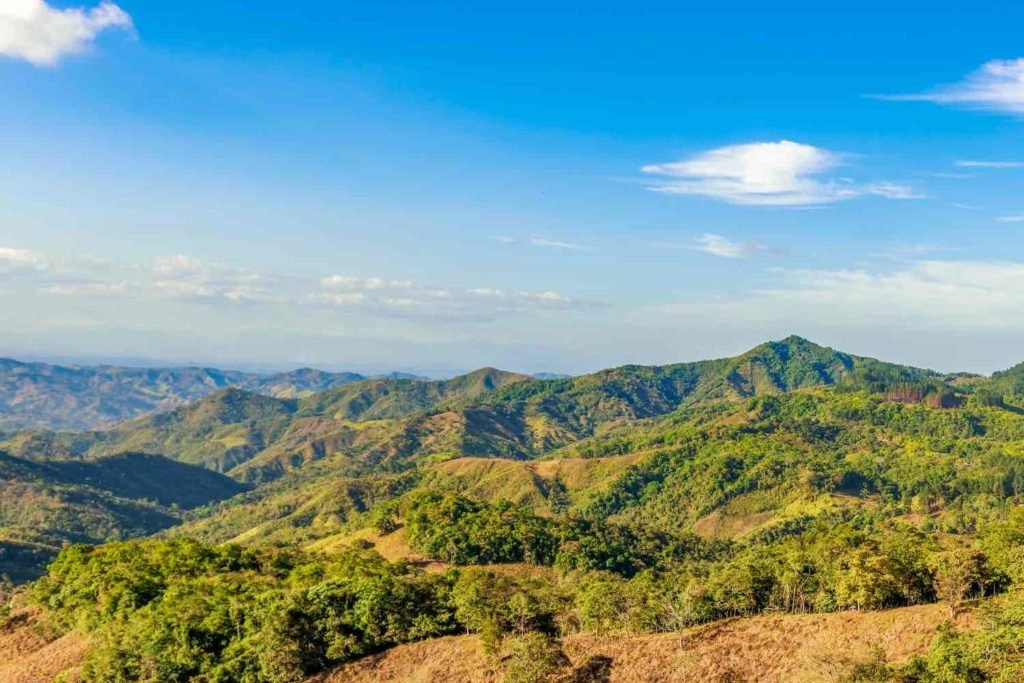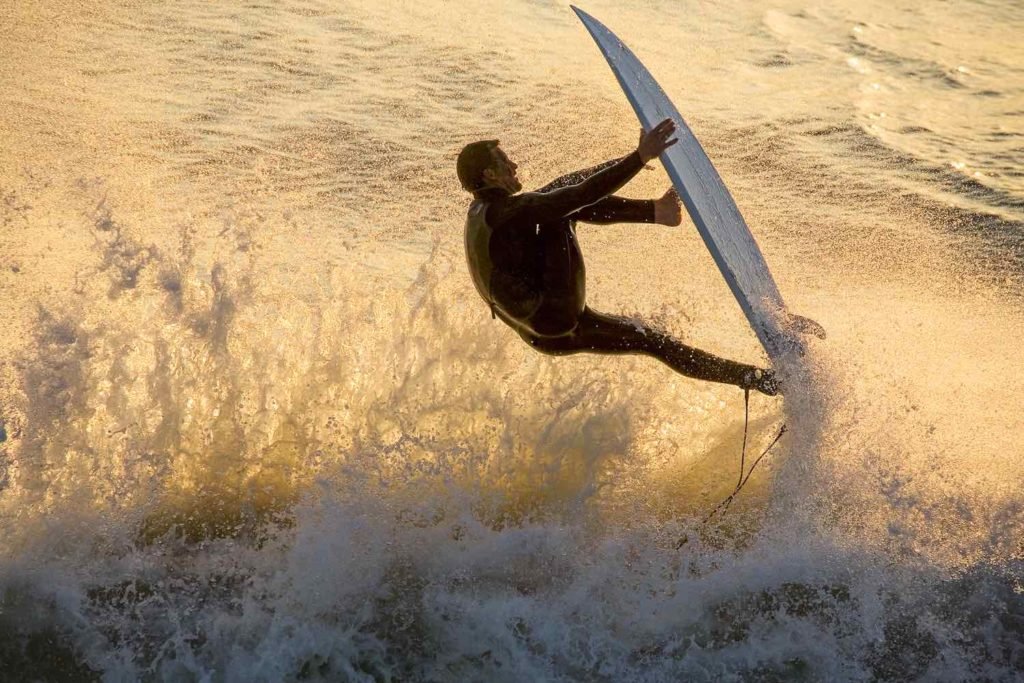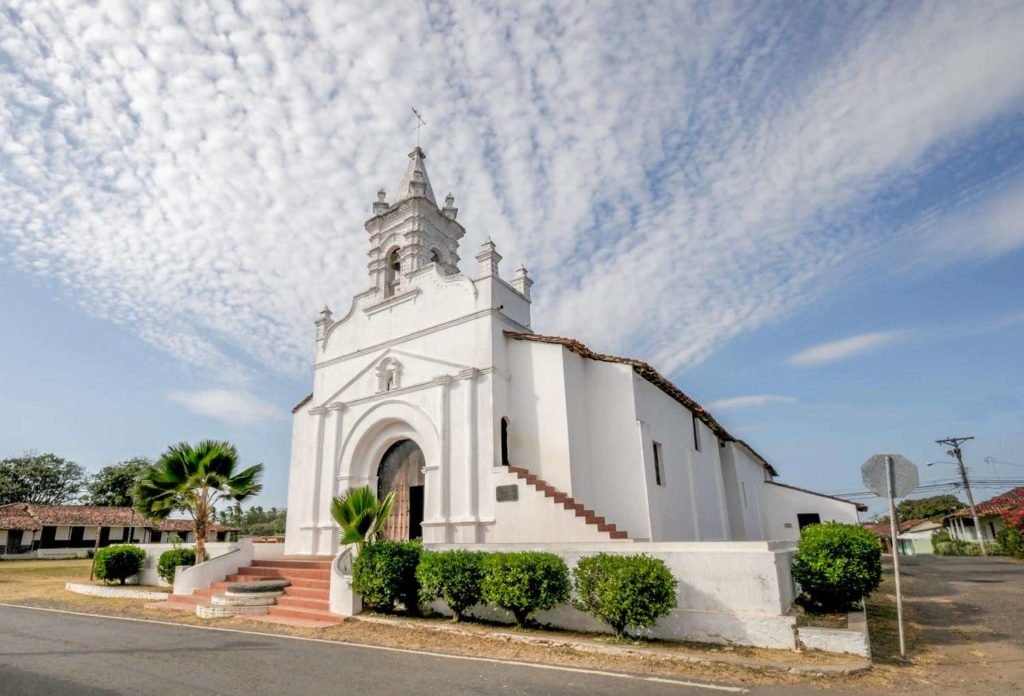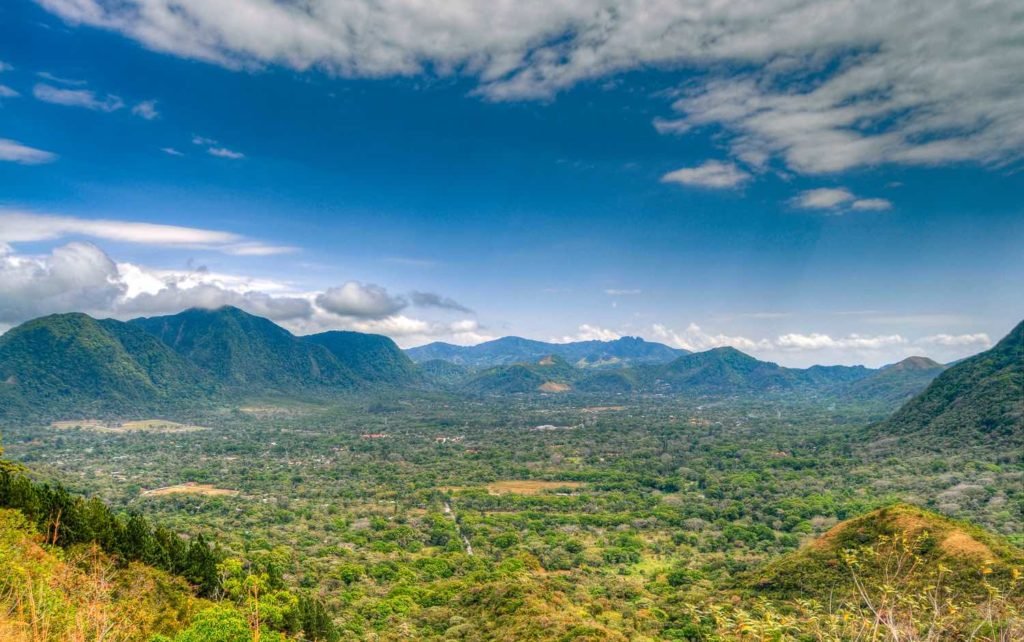Page Menu
Veraguas: Rich History
As the only Panamanian province with coasts facing both oceans, Veraguas is rich in history and natural variety.
Columbus visited the Caribbean Coast on his fourth voyage, but it took the Spanish more than two decades to establish a permanent foothold here.
Today, the north remains densely forested and sparsely populated—most settlements are home to indigenous Ngöbe-Buglé communities.
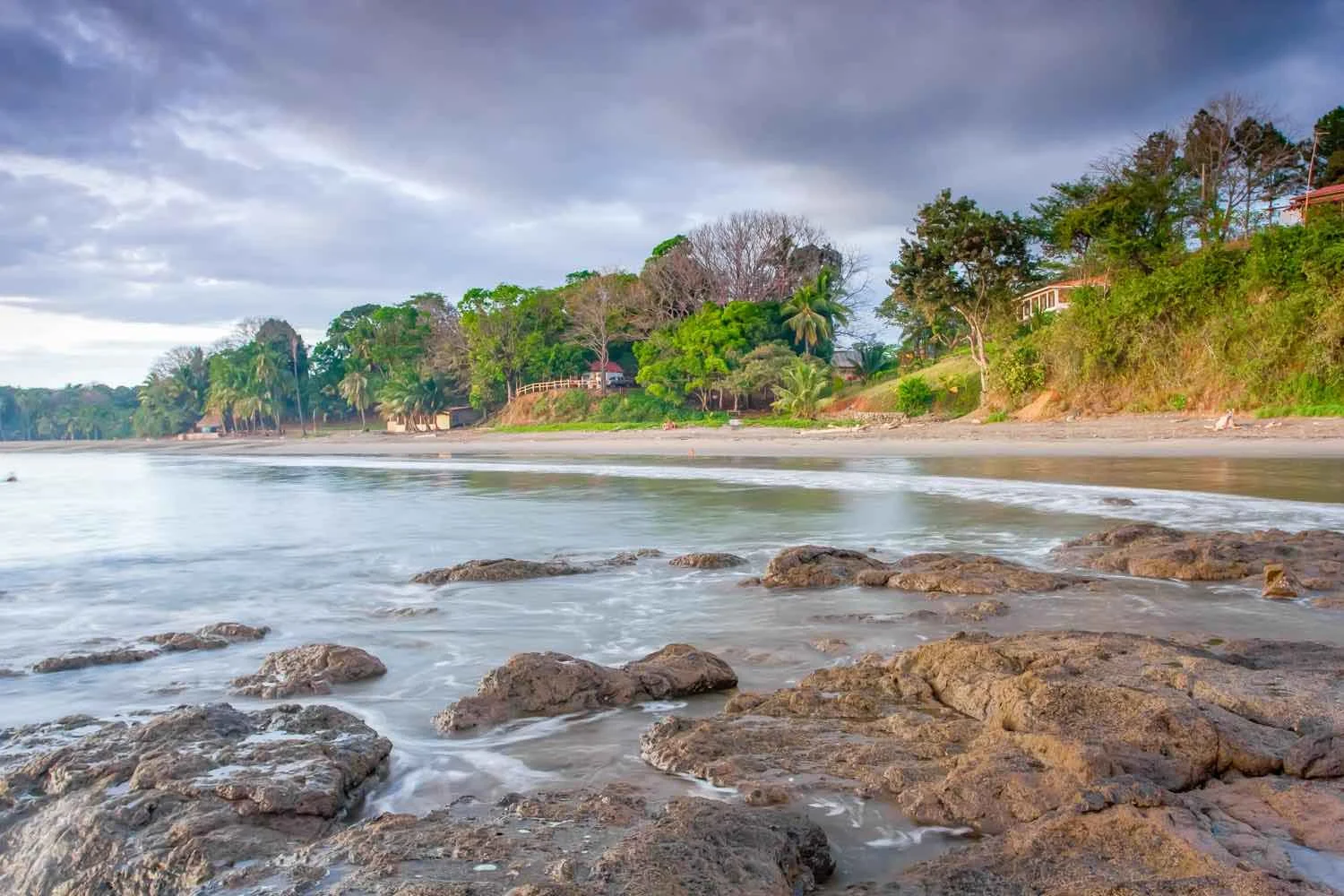
Santiago: Panama’s Provincial Capital
The south is infinitely more accessible, warmly welcoming visitors to quiet towns, idyllic beaches, and pristine islands.
Santiago, the provincial capital, is located on the Interamerican Highway, 160 miles west of Panama City.
Santiago is the region’s commercial center and the site of Panama’s main teacher education facility.
Atalaya and San Francisco de la Montaña: Religious Festivals & Ornate Churches
Renowned for its architecture and richly painted murals, Normal School trains high school graduates to be teachers; educating students in the norms of pedagogy and curriculum.
Outside the city, the towns of Atalaya and San Francisco de la Montaña are known for their religious festivals and ornately decorated churches.
Roughly 35 miles north of Santiago, the mountain town of Santa Fé is famous for the production of rich, shade-grown coffee.
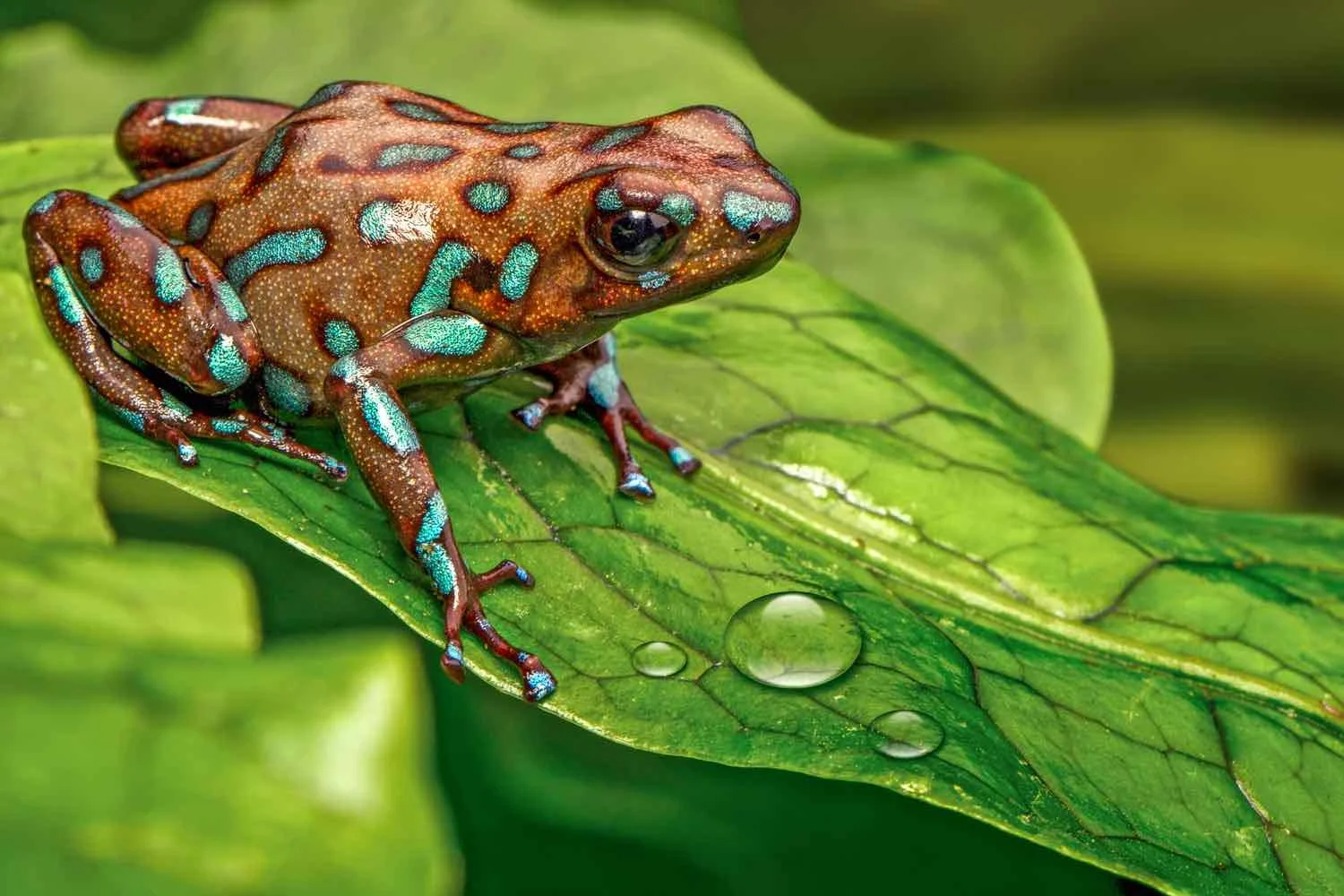
Santa Fé de Veraguas National Park & The Gulf of Montijo: Wildlife Watching & Sport Fishing
Santa Fé de Veraguas National Park, located in the mountains surrounding the town, is home to:
- Over 350 Orchids
- Around 400 Bird Species
- Tapirs
- Sloths
- A Crayon Box of Colorful Frogs.
Orchids also thrive here, displayed at the local Orquedario.
Even more orchids can be purchased at the central market, alongside textiles hand-stitched by Ngöbe-Buglé artisans.
Roughly twenty miles south of Santiago, the Gulf of Montijo is one of the country’s most important estuaries.
Migratory shorebirds, herons, pelicans and frigate birds nest or winter in the Gulf of Montigo in great numbers.
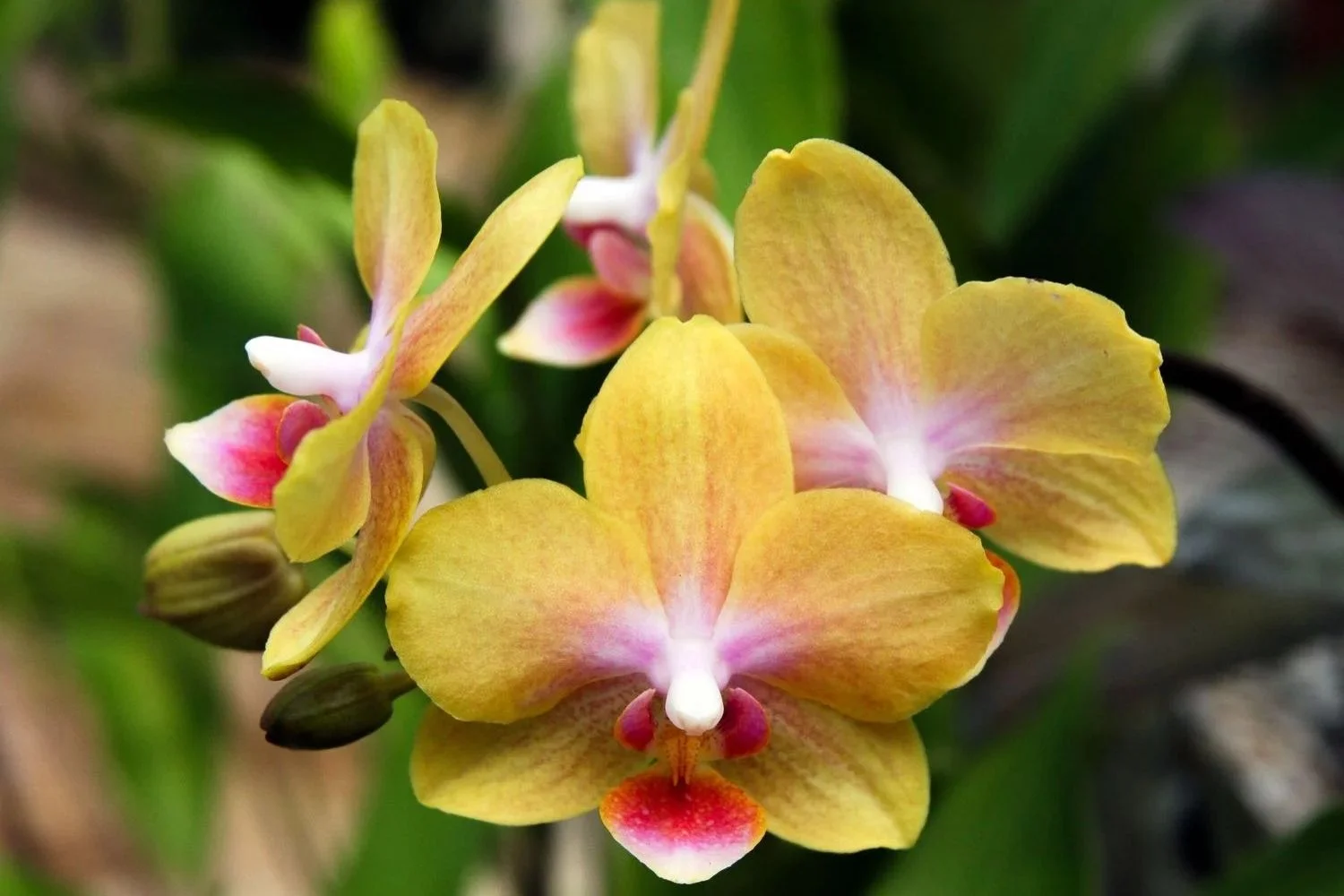
Coiba Island: Tropical Paradise
From Puerto Mutis on the Gulf of Montijo, dive boats launch for the three-hour journey to Coiba Island—a 650,000-acre tropical paradise, surrounded by clear waters and vibrant sea life.
The island split away from the mainland approximately 18,000 years ago, evolving unique flora and fauna.
Coiba served as a penal colony from 1919 to 2004, effectively protecting around 80% of its landmass from human development.
Today, the island is home to a few rangers, outnumbered by scarlet macaws and an endemic sub-species of spider monkey.
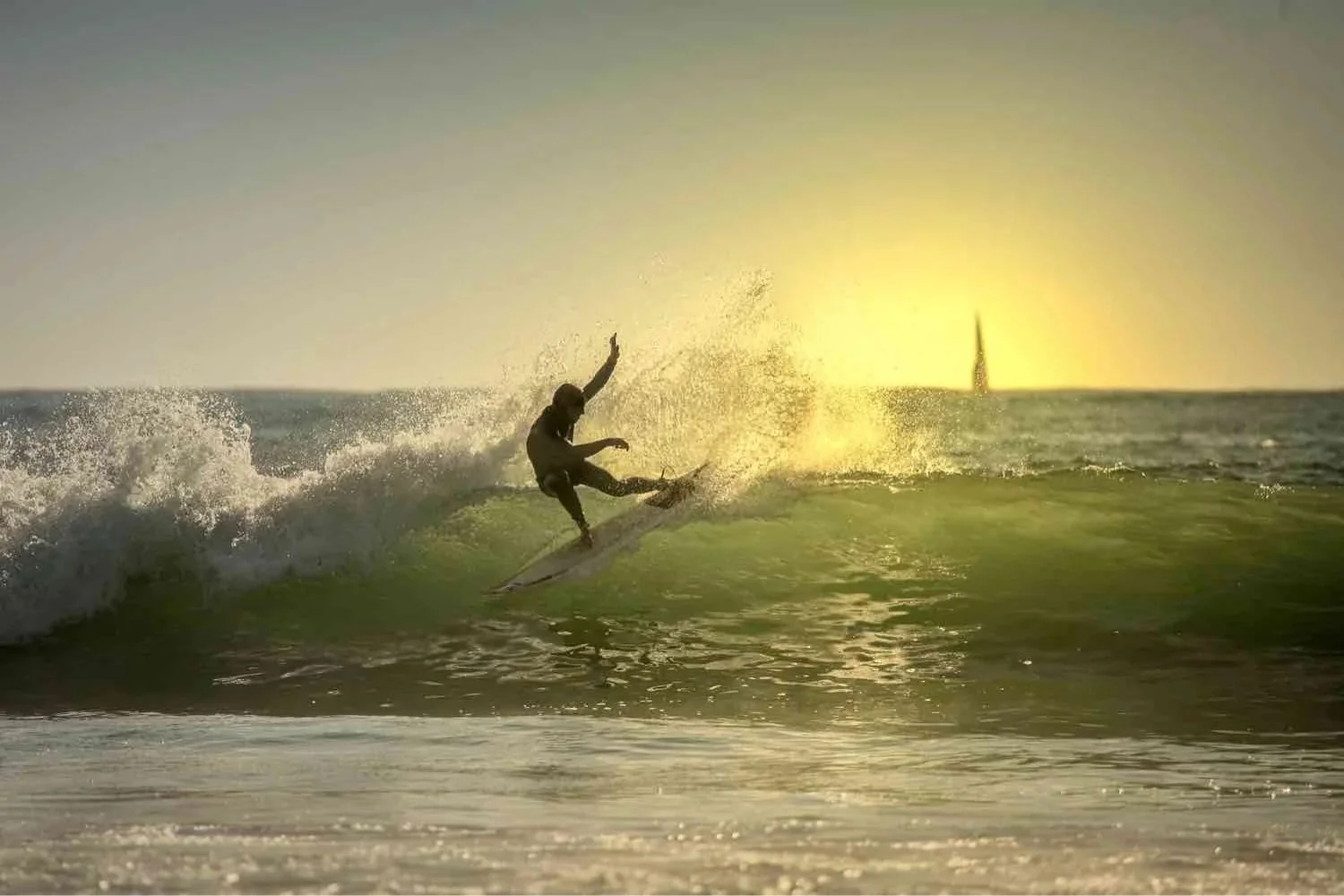
Surfing Playa Santa Catalina
At the western tip of the gulf, Playa Santa Catalina is gaining a reputation for its consistent surf and uncrowded black sand beaches.
Santa Catalina’s waves arrive in powerful barrels, with swells of four to fifteen feet. The breaks continue at Playa El Estero, just east of town and across the river.
Here the waves are steady, approachable, and ideal for body surfing or beginning boarders.
Island National Marine Park
In addition to Coiba, the Island National Marine Park national park protects 37 other islands and the surrounding waters.
Multi-day cruises to Island National allow visitors to dive with manta rays, whale sharks, and other pelagics.
Twenty-three cetacean species have been identified here to date, including dolphins, humpback and sperm whales.
Island National Marine Park was declared a UNESCO World Heritage Site in 2005.
What to do in Veraguas
Hiking, birdwatching, and whitewater rafting are among the favorite activities at Santa Fe de Veraguas.
The Gulf of Montigo is also a popular sport fishing ground. More than fifty species are caught and released here, including:
- Black Marlin
- Blue Marlin
- Roosterfish
- Wahoo
- Sailfish
On half and full-day charter cruises, visitors can also encounter killer whales, sea lions, and sea turtles.
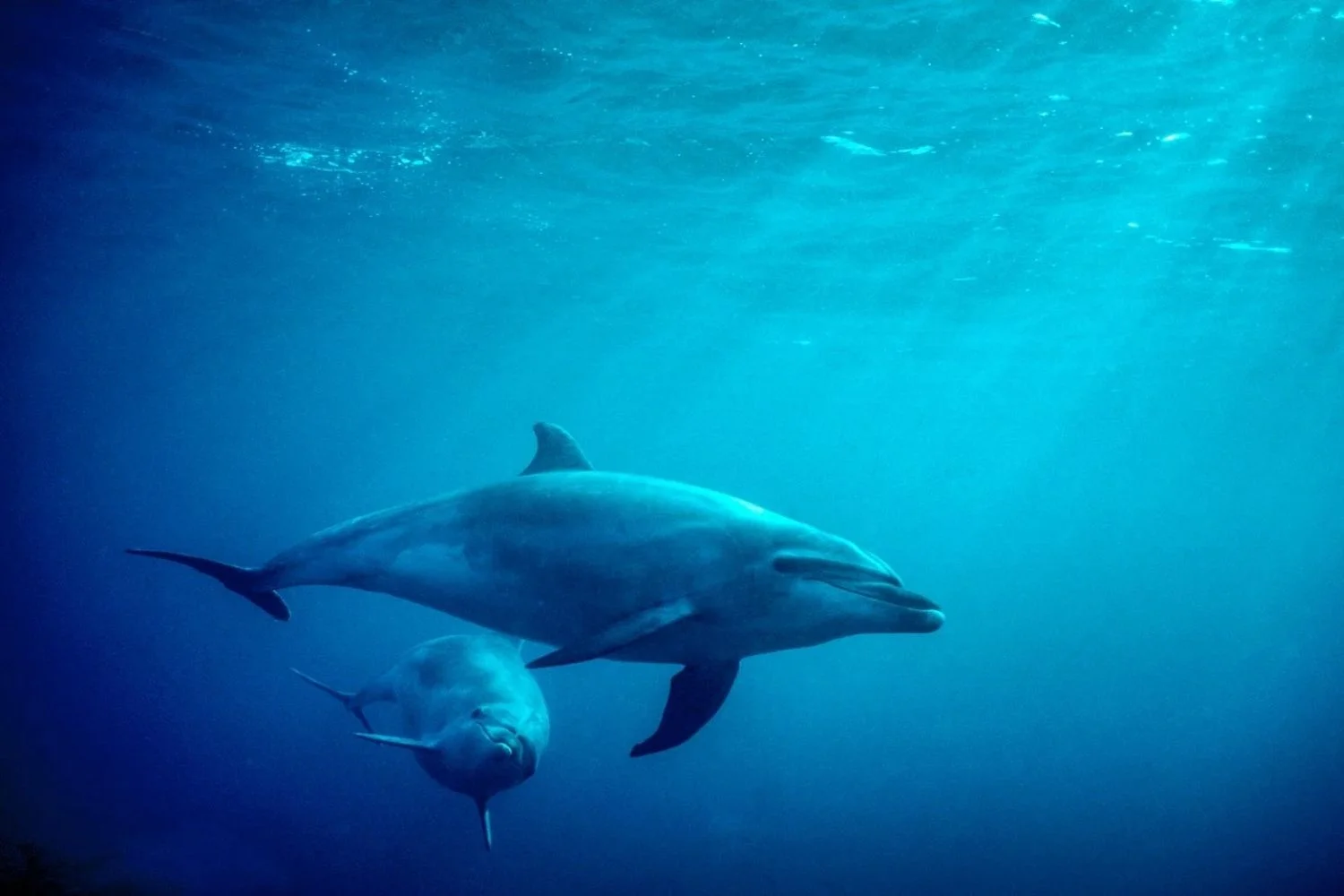
What is the Weather Like?
Veraguas lives under tropical warmth, with daytime highs typically between 30-32 °C (86-90 °F) and nights cooling to about 22-24 °C (72-75 °F). The year divides into two distinct rhythms. From January through March, skies are clearer and rainfall lighter—ideal for beaches, hikes, and island hopping. Starting in April, moisture builds; the rainy season crescendos from May through October, with heavy afternoons, saturated air, and vibrant landscapes. Visitors seeking sun will find the driest stretch early in the year, while solitude and lush green trails await later—but bring rain gear and flexibility.
Getting There
Start your journey today
LANDED delivers the finest in custom, private travel to Central America, South America, and Antarctica. These regions are our passion; we know them first-hand and by heart. Speak with one of our travel designers and let us create a tailored itinerary for you in Veraguas.
How to combine Veraguas
Have some extra time? Here are some options for you to combine with.

